Facilities
NLR's state-of-the-art concentrating solar power (CSP) research facilities and equipment for thermal, optical, and performance testing of materials and systems provide a venue for groundbreaking innovations and collaboration with partners.
NLR's CSP facilities and equipment are available for testing when accurate and timely characterization methods are needed to improve the performance, reliability, and cost of materials, components, subsystems, and integrated components. NLR is committed to collaborating with industry, academia, and government entities in the development and characterization of low-cost, high-performance reflector and absorber materials and their components. This equipment enables researchers and industry partners to rapidly respond to new challenges with novel solutions.
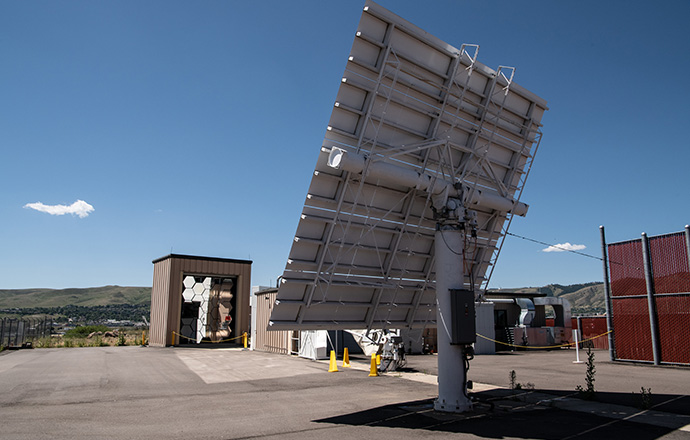
High-Flux Solar Furnace
The high-flux solar furnace concentrates sunlight to offer an energy-efficient alternative to solar simulators, with tests performed under realistic rather than simulated conditions.
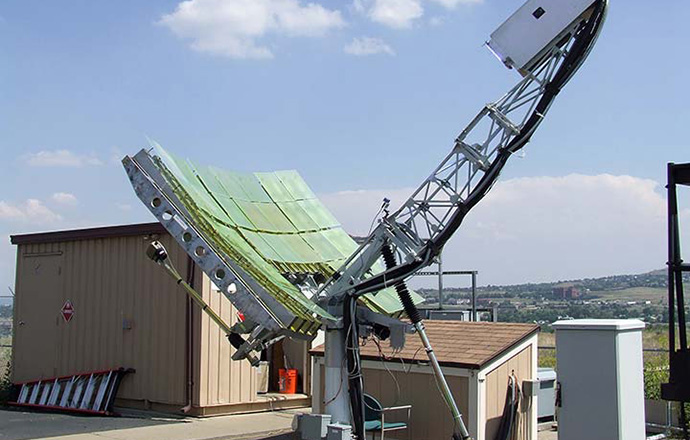
Ultra-Accelerated Weathering System
The R&D100 award-winning Ultra-Accelerated Weathering System can expose samples to a variety of natural outdoor and accelerated exposure tests to determine their rate of degradation and estimate lifetime.
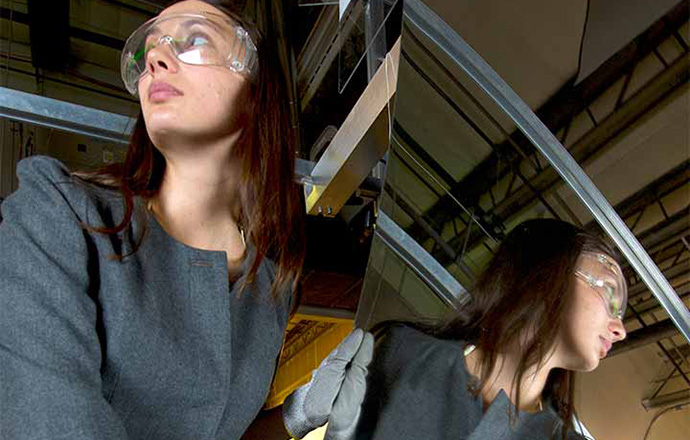
Advanced Optical Materials Laboratory
NLR's ISO 9011-certified Advanced Optical Materials lab includes optical measurement for CSP applications, the Accelerated Weathering Lab, and the Corrosion and Materials Research test chamber.
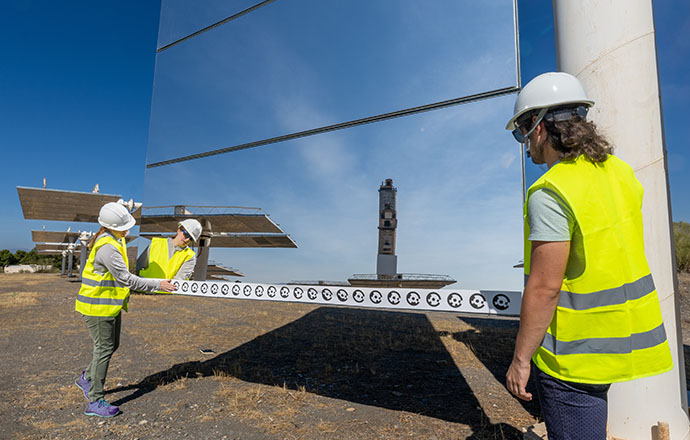
Field Characterization Tools
NLR's suite of tools for characterizing optical CSP components in the field includes Distant Observer, Non-Intrusive Optical tools, and Reflected Target Non-Intrusive Assessment.
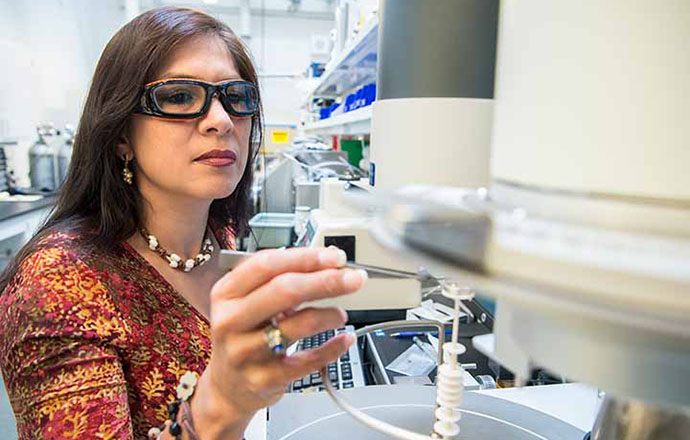
Thermal Storage Materials Laboratory
NLR's Thermal Storage Materials Laboratory supports research and development of advanced heat-transfer fluids and thermal energy storage media. For information about NLR's Thermal Storage Materials Laboratory, contact Zhiwen Ma.
Share
Last Updated Dec. 6, 2025
